
Introducing Apple Declarative Device Management: A comprehensive guide for Mac administrators
As a Mac administrator, managing a fleet of Apple devices across your organization requires consistent practices and robust security measures. With numerous system services and background tasks to oversee, maintaining uniform configurations and safeguarding organizational data are formidable challenges.
Apple has introduced a powerful new Declarative Device Management (DDM) approach to address these challenges. This update to the Mobile Device Management (MDM) protocol represents a paradigm shift in device management, offering an efficient and secure means of administering macOS devices. DDM enables tamper-resistant configurations and facilitates simplified monitoring of system services and background tasks. Declarative status reports allow administrators to know about a device's current state.

How machine identity can close a critical AI accountability gap in the EU AI Act
European lawmakers are plowing ahead with what could be one of the most important pieces of legislation in a generation. The EU AI Act will take a notably more proactive approach to regulation than current proposals in the US and UK. But experts have spotted a critical loophole introduced in amendments to the legislation that could expose rather than protect citizens and societies from AI risk.
In short, this loophole could undermine the entire purpose of the proposed law and it must be closed. To do this successfully, legislators need to take steps to prioritize machine identities as a way to enhance AI governance, accountability, security and trust. Time is running out.
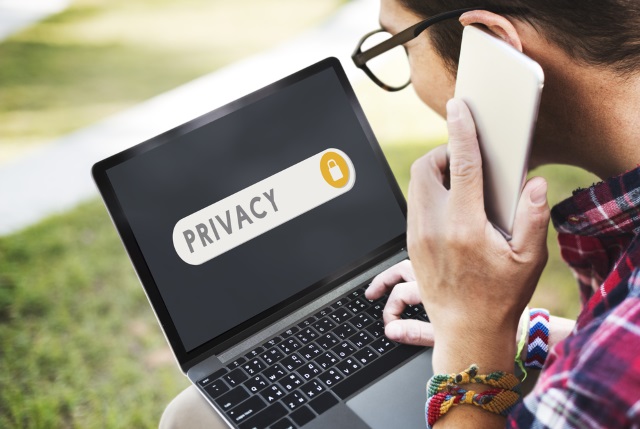
Unveiling the true value of privacy
Ask your clients, your friends, or anyone on the street: nobody likes to share their data, especially with people or companies they don't know. We routinely press 'no' on pop-ups asking for cookies in our browser, and of course you’re just as likely to say 'no' to any proposal to share your data to improve a product, even anonymously. People value privacy, even if that's somehow in contradiction with the fact that some of us also share the most private moments on social media.
Does this diffused privacy awareness influence how companies relate to their customers and manage their products and services? Well, not quite. Most of the time, organizations simply don't implement anything which would truly protect the privacy of their users. They typically say things like "your data is protected" or "we are trusted by big companies". And even where regulations and policies are in place, this might not always force these organizations to have particular protections, even when it comes to very sensitive data like health data or financial information. Why? Is it not possible to do more?

5 criteria for evaluating free vs. paid migration tools
Microsoft’s once-free solution for tenant-to-tenant migration is no more. Quietly, Microsoft changed its Cross Tenant User Data Migration terms of use for Enterprise Agreement customers, meaning they’ll need to purchase a license.
If you've been using Microsoft’s free migration solution, it makes sense you’d look for another free alternative. But, before committing to a new migration tool, it’s important to consider the potential pitfalls of free services. That is to say, while cost-efficient, free solutions may lack advanced features, scalability, support, and customization, potentially leading to more complex and prolonged migration processes. Here are five things IT managers need to consider when looking at free or paid migration tools.
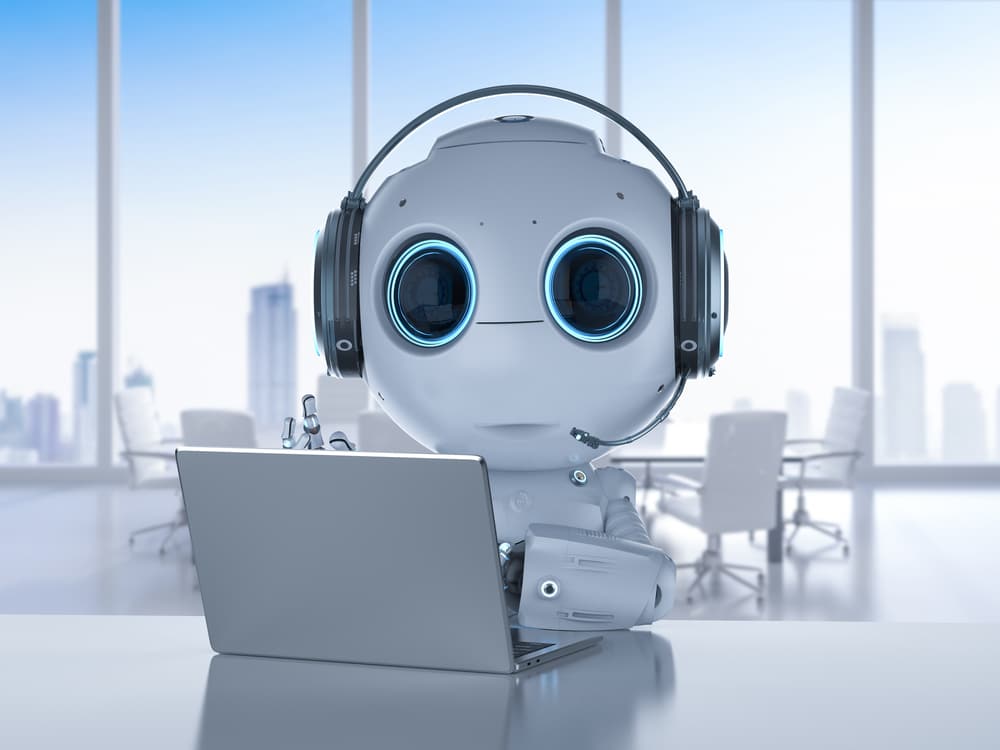
Streamlining public transportation CX with AI-powered chatbots
Public transportation systems have a rich history dating back over a century, with iconic examples like the 1863-established London Underground and New York City's subway, which began operations in 1904. While these systems have evolved alongside technological advancements and urban growth, the expenses involved in maintaining and modernizing them often surpass the available resources.
In the U.S., these upgrades tend to be notably more expensive than in other countries. For example, the installation of protective screen doors at just three subway stations in New York is estimated to cost a staggering $100 million. As a result, public transportation experiences often fall short of contemporary expectations, leading to delays, complex route planning and frustrations arising from the need to cross-reference information. All these elements contribute to reduced commuter satisfaction in comparison to alternative modes of transportation, such as cycling or driving.

Secure software depends on clean code -- AI-generated or not
Software is immensely pervasive and foundational to innovation and market leadership. You’ve likely heard the popular phrase coined by McKinsey that "all companies are software companies." It’s true that businesses are competing and winning in their markets based on their ability to digitize and innovate. Almost every major enterprise, no matter its industry, relies heavily on software to deliver services, manage operations internally or promote itself.
Software starts with code, which means that secure or insecure code starts in development. As long as we continue to view security as a bolt-on or an after-the-fact fix, we’ll continue to widen the chasm between the pace of digital innovation and security’s ability to keep up. With AI-generated code increasing the volume and speed of software production without an eye toward code quality, this problem will only worsen. The world needs Clean Code. Without it, the performance of software will suffer, negatively impacting the business.

Mission data privacy: Empowering consumers in an era of rapid change
Whether browsing online for clothes or catching up on the latest news, we’ve all had that unwanted internet cookie pop-up appear. At face-value they may seem harmless, but cookies are a goldmine of private information, posing a serious risk to your data privacy. Today, consumers face a new predicament surrounding attitudes toward their valuable data. When personal data is stolen by a cybercriminal, that offense is the online equivalent of a physical robbery, but the severity of data theft is being overlooked.
From a regulatory standpoint, concerns over data privacy have prompted stricter actions from governments and organizations globally as they try to grapple with the challenge of striking a balance between data security and user privacy. Now, in response to increasingly sophisticated criminal tactics, there must be a shift from slow, reactive regulation towards adopting more proactive strategies that both anticipate and mitigate against potential risks. This will be key to shaping a secure, privacy-conscious future.
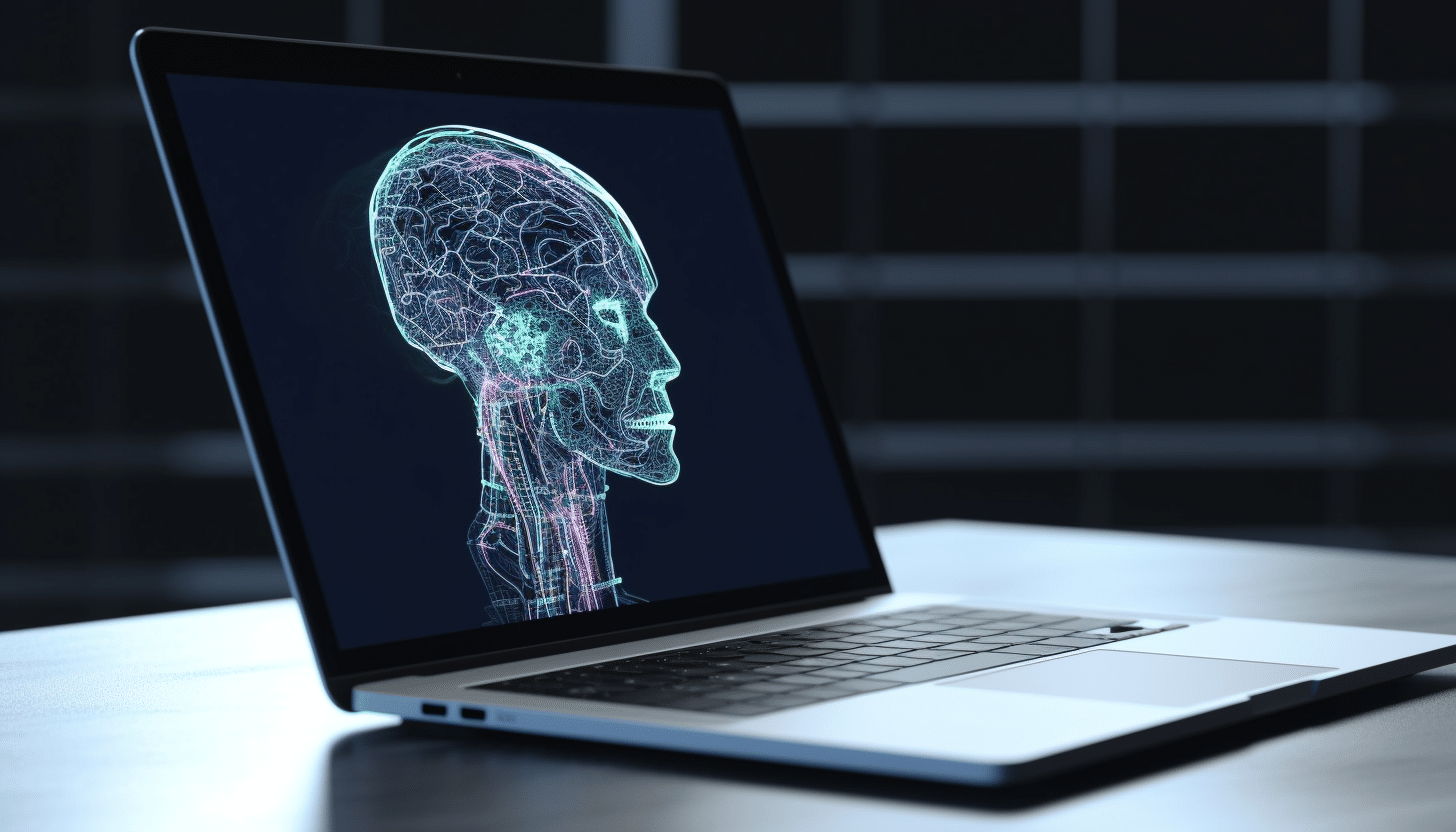
How to supercharge your productivity with AI: Tips and tools to work smarter, not harder
Productivity has significant importance in the contemporary dynamic work environment. AI has the potential to enhance operational efficiency and optimize operations by eliminating unnecessary tasks. AI has the potential to automate many procedures, provide valuable insights, and enhance workflows, hence enhancing professional productivity and overall cloud data management.
This piece explores the potential of artificial intelligence (AI) to enhance productivity.
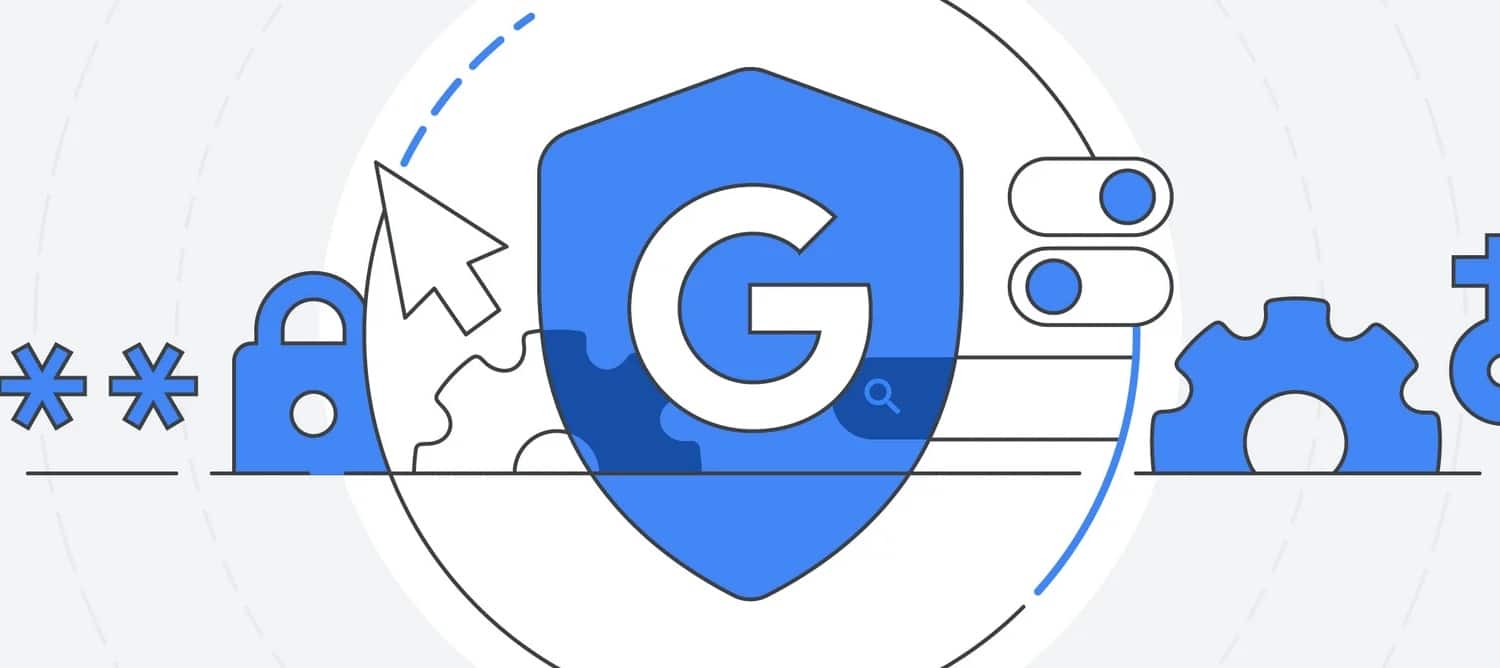
What IT teams need to know about Google's privacy changes
It’s no secret the depreciation of third-party cookies has been a popular topic of conversation in the industry. Now, however, Google is making changes that will eventually lead to the demise of third-party cookies. The tech giant is rolling out its Privacy Sandbox initiative in the latest version of Chrome and for Android. With any big privacy change, there is a ton of controversy and impending regulations that may mean the Privacy Sandbox is not the futureproof solution brands hope it is.
So, what can IT teams do to help marketers take back control of their data collection strategies and ethically reach customers during this time of change?
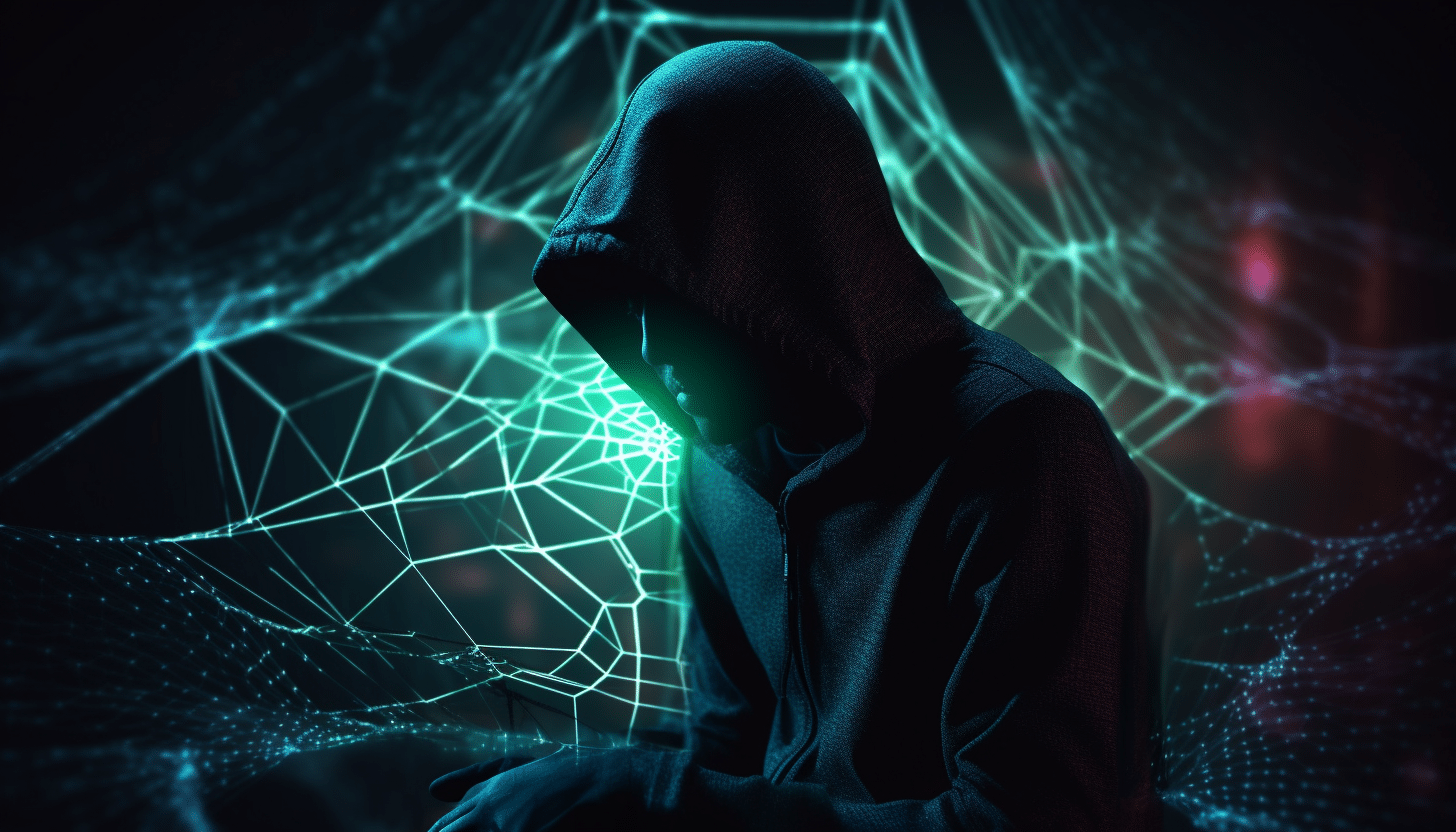
Business is booming on the dark web -- what does this mean for cyber risk?
It's been another profitable year for the cybercriminal underworld. Once again, headlines have been regularly dominated by serious breaches such as the Royal Mail and Capita, whilst behind the scenes, criminal gangs have raked in huge profits.
The shadow economy of the dark web has continued to thrive and develop as a mirror of the legitimate business world. Threat actors are increasingly well-organized, from highly developed ransomware-as-a-service (RaaS) offerings to extremely lucrative vulnerability trading. Here, we'll delve into the most prominent trends driving the bustling dark web economy -- and how organizations can defend themselves against such threats.

Unmasking data security monsters this Halloween
It is very nearly Halloween and we are preparing ourselves to encounter a host of terrifying creatures and monsters, all who are patiently waiting to make their appearances this year. However, while those beings are terrifying in their own right, it's the monsters lurking in the shadows of the digital world that seem to strike more fear.
Malicious actors and menacing threats feel ever present in the news. As the adoption of cloud and on-demand computing services increases, malicious actors are waiting to make their move when enterprises lose control of their data security. Enterprises and their leaders are kept awake wondering where their data is, who has access to it, how it is being used and whether it’s safe. This piece will explore how to mitigate some of the most scary monsters that are haunting organizations the holiday season and beyond.

'Are we adversary aligned?' is the new 'Are we secure?'
"Are we secure?" For most security leaders, this is one of the most daunting questions they can be asked. While it may seem like a basic inquiry for those in leadership positions, for those on the ‘cybersecurity front line’, thinking in these terms is far too vague and oversimplifies a complex and ever-evolving threat landscape.
Instead, management and IT teams need to shift their thinking to a far more appropriate measure of security: "Are we adversary aligned?" But what does adversary alignment really mean?

The state of supply chain data and how to fix it
Digital transformation is becoming integral to procurement success. In fact, 77 percent of companies have adopted peer-to-peer (P2P) and source-to-contract (S2C) systems. However, acknowledging the importance of digital transformation and taking full advantage of its benefits are two very different things.
Yes, procurement technologies can provide organizations with a competitive advantage and improve operational efficiency, but these benefits are only possible when there is a trusted supplier data foundation. Even as leaders look to digital technologies to accelerate their procurement processes, they run into a consistent and demoralizing roadblock: low-quality supplier data. Whether it’s inaccurate, piecemeal or missing, bad supplier data can lead to extensive time spent on manual outreach, a reliance on supplier portals and conflicting data sources -- ultimately hindering the progress of digital transformation.

How organizations can stay secure in the face of increasingly powerful AI attacks
It’s almost impossible to escape the hype around artificial intelligence (AI) and generative AI. The application of these tools is powerful. Text-based tools such as OpenAI’s ChatGPT and Google’s Bard can help people land jobs, significantly cut down the amount of time it takes to build apps and websites, and add much-needed context by analyzing large amounts of threat data. As with most transformative technologies, there are also risks to consider, especially when it comes to cybersecurity.
AI-powered tools have the potential to help organizations overcome the cybersecurity skills gap. This same technology that is helping companies transform their businesses is also a powerful weapon in the hands of cybercriminals. In a practice, that’s sometimes referred to as offensive AI, where cybercriminals use AI to automate scripts that exploit vulnerabilities in an organization’s security system or make social engineering attacks more convincing. There’s no doubt that it represents a growing threat to the cybersecurity landscape that security teams must prepare for.

Proactively preventing your company from becoming the next cyberattack headline
The news last month of yet another cyberattack on MGM Resorts, initiating a system shutdown and disrupting its operations, is yet another in a very long list of attacks that we have witnessed in the past couple of years. Having the right preventive and defensive cybersecurity measures in place for such attacks is a given, and it is what most organizations focus on. But it is also about understanding how the organization will recover from an incident and how they can limit the extent of an attack.
Today, being impacted by a cyberattack is almost inevitable. The global average cost of a data breach in 2023 was $4.45 million, a 15 percent increase over 3 years, according to IBM. Therefore, companies also need to think about how they can proactively recover, how quickly they can recover, and the cost of recovery to the business.

